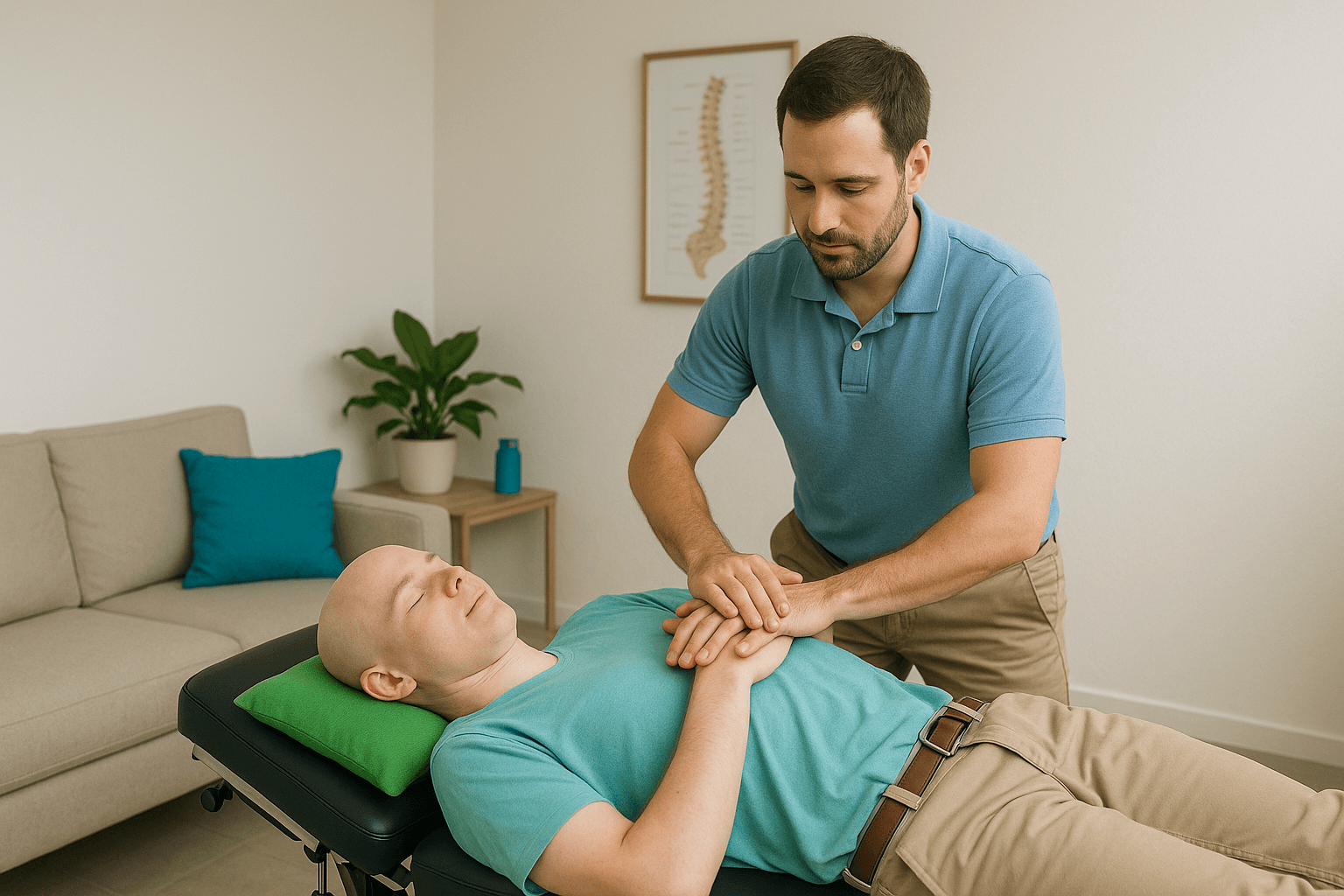Introduction
Is spinal degeneration just a fact of life—or can you actually prevent it? If you’ve ever watched someone struggle with chronic back pain, you know how life-altering spinal issues can be. The good news? Modern research is turning the old “inevitable wear and tear” story on its head. Today, we dive into the science behind how you can prevent spinal degeneration—and why acting early might be the best investment you’ll ever make in your future mobility.
TLDR – Quick Guide
- Spinal degeneration isn’t just about aging: Lifestyle, injuries, and posture all play a role.
- Early intervention is powerful: Studies show timely action slows, halts, or even reverses degenerative changes.
- What works? Regular movement, targeted therapies, ergonomic upgrades, and spine-friendly habits.
- Chiropractic and physical therapy are proven allies: The right interventions can maintain disc health and joint mobility.
- Don’t wait for symptoms: Prevention is easier and more effective than fixing long-term damage.
Detailed Breakdown
What Is Spinal Degeneration?
Spinal degeneration refers to the gradual breakdown of the spinal discs, vertebrae, and joints—often leading to conditions like osteoarthritis, herniated discs, or spinal stenosis. Common symptoms include stiffness, pain, loss of mobility, and nerve irritation. While age is a factor, studies confirm that genetics, lifestyle, previous injuries, and poor posture can all speed up the process.
Why Prevention Beats Treatment
Here’s the brutal truth: once spinal structures degenerate, full reversal is difficult. But catching early signs and making lifestyle changes can dramatically slow or even prevent progression. Research consistently shows that people who maintain spinal health routines in their 20s, 30s, and 40s have much better outcomes than those who wait for pain to strike.
The Science Behind Early Intervention
What do the studies say?
- Movement is medicine: Regular physical activity stimulates blood flow to spinal discs, providing vital nutrients that slow degeneration.
- Early treatment stops the cascade: Intervening when problems first appear (even mild stiffness or discomfort) prevents compensation patterns and further joint breakdown.
- Targeted therapies matter: Physical therapy, chiropractic adjustments, and specific exercise programs are linked to improved disc hydration, stronger supporting muscles, and preserved joint health.
A 2023 study found that individuals who started conservative therapy within three months of symptom onset were up to 50% less likely to need invasive procedures later in life. Another review confirmed that ergonomic upgrades—like supportive chairs and improved workstation posture—can cut the risk of developing chronic back issues by nearly 40%.
Key Strategies to Prevent Spinal Degeneration
1. Move Early and Often
- Daily stretching, walking, or low-impact exercise (like swimming or cycling) keeps your spine nourished and mobile.
2. Prioritize Good Posture
- Slouching puts extra stress on discs and joints. Use ergonomic furniture, and take breaks to stand up and move every 30–60 minutes.
3. Don’t Ignore Small Symptoms
- Catching mild pain or stiffness early allows for easier, less invasive corrections.
4. Seek Professional Guidance
- Early assessment by a chiropractor or physical therapist can identify subtle imbalances and provide custom prevention strategies.
5. Build Core Strength
- A strong core (think: abs, glutes, and lower back) provides stability, reduces injury risk, and keeps the spine in alignment.
6. Stay Hydrated and Eat Well
- Healthy discs rely on hydration and nutrients. Drink water, eat anti-inflammatory foods, and avoid excessive processed foods.
What Happens If You Wait?
Delaying intervention can set off a vicious cycle: joint wear causes pain, pain leads to inactivity, inactivity accelerates degeneration. By the time advanced symptoms hit, options narrow to medications, injections, or even surgery. Early prevention is about keeping all options on the table—and enjoying a life of movement, not just managing pain.
Key Takeaways
- Preventing spinal degeneration is possible, especially with early intervention and consistent healthy habits.
- Acting at the first sign of trouble—through movement, posture correction, and professional care—gives your spine its best chance at long-term health.
- Don’t wait for severe pain; prevention now means more freedom, mobility, and quality of life down the road.
FAQs
1. Is spinal degeneration always caused by aging?
No, while aging plays a role, factors like injury, genetics, poor posture, and inactivity can speed up degeneration—even in younger people.
2. Can exercise really prevent spinal degeneration?
Yes! Consistent, low-impact exercise improves disc nutrition and keeps joints mobile, significantly lowering the risk of degeneration.
3. How do I know if I’m at risk for spinal degeneration?
If you have a sedentary lifestyle, poor posture, family history of spinal issues, or past injuries, your risk is higher. Mild symptoms like stiffness or discomfort should be a signal to act.
4. What professional help should I seek for prevention?
Our experience with the Advanced BioStructural Correction protocol shows that mild and moderate degeneration can be reversed through postural realignment.
5. Is it too late to intervene if I already have back pain?
It’s rarely “too late”—early intervention is ideal, but targeted therapies and lifestyle changes can still slow progression and improve your quality of life at any stage.






